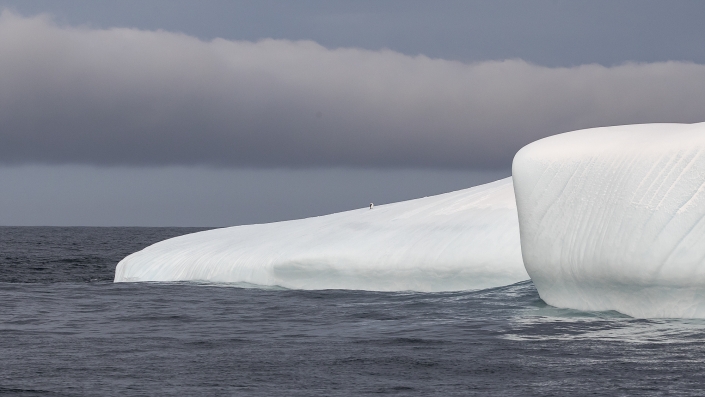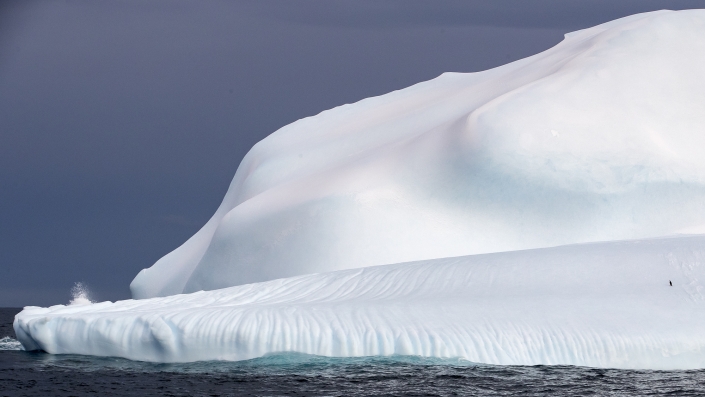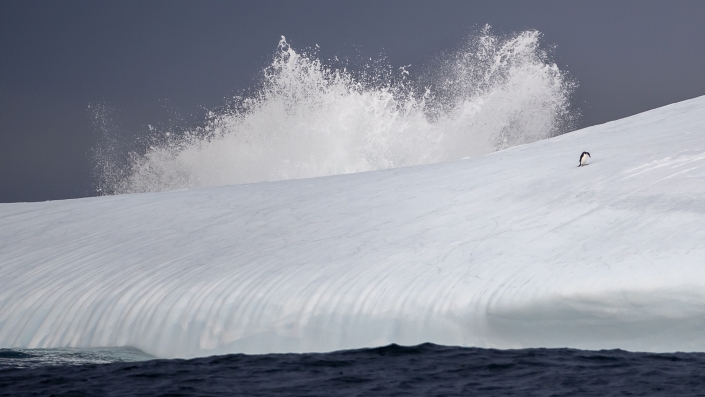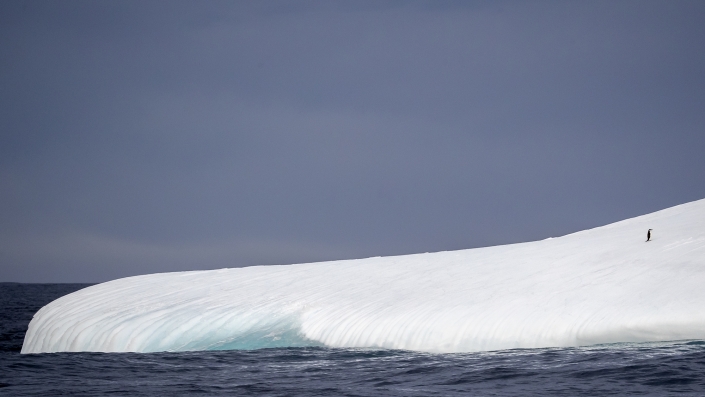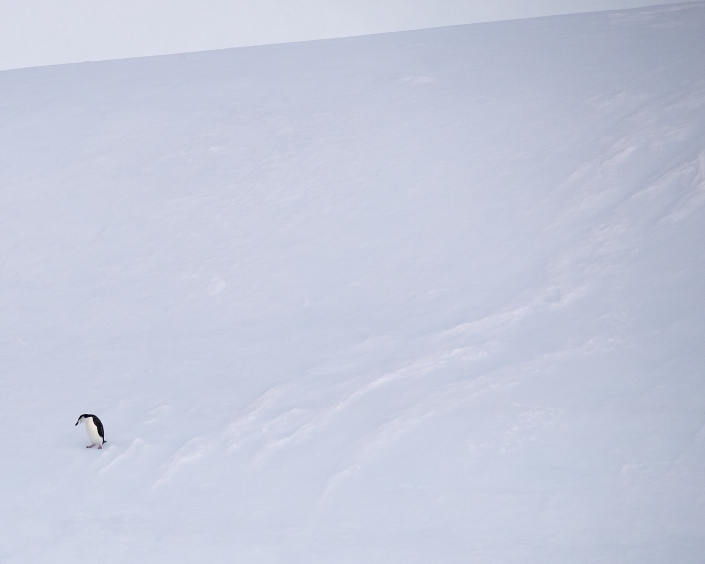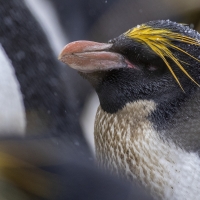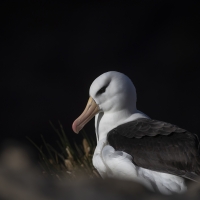This post is also available in: Swedish
Chinstrap penguin – Pygoscelis antarcticus
Chinstrap penguin – Pygoscelis antarcticus
is a species of penguin which inhabits a variety of islands and shores in the Southern Pacific and the Antarctic Ocean. Its name derives from the narrow black band under its head which makes it appear as if it were wearing a black helmet, making it one of the most easily identified types of penguin. Other common names are “ringed penguin”, “bearded penguin”, and “stonecracker penguin” due to its loud, harsh call.
Chinstrap penguins have a circumpolar distribution. They breed in Antarctica, Argentina, Bouvet Island, Chile, the Falkland Islands, the French Southern Territories, and South Georgia and the South Sandwich Islands. Vagrant individuals have been found in New Zealand, the islands of Saint Helena and Tristan da Cunha, and South Africa. Global population is estimated at least 8 million.
Chinstrap penguins have an average body length of 72 cm (28 in) and a weight of 3–5 kg (6.6–11.0 lb), but their weight can drop as low as 3 kg (6.6 lb) depending on the breeding cycle. Males are both larger and heavier than females.
The adult chinstraps’ flippers are black with a white edge; the inner sides of the flippers are white. The face is white extending behind the eyes, which are reddish brown; the chin and throat are white, as well, while the short bill is black. The strong legs and the webbed feet are pink. Its short, stumpy legs give it a distinct waddle when it walks. The chinstrap penguin’s black back and white underside provide camouflage in the form of counter-illumination when viewed from above or below, helping to avoid detection by its predators.



